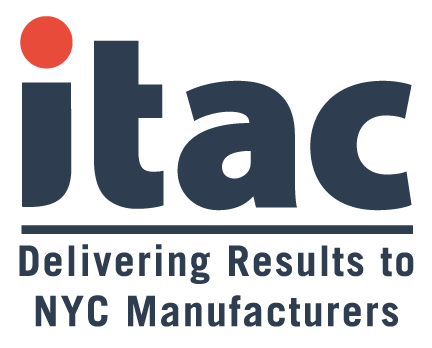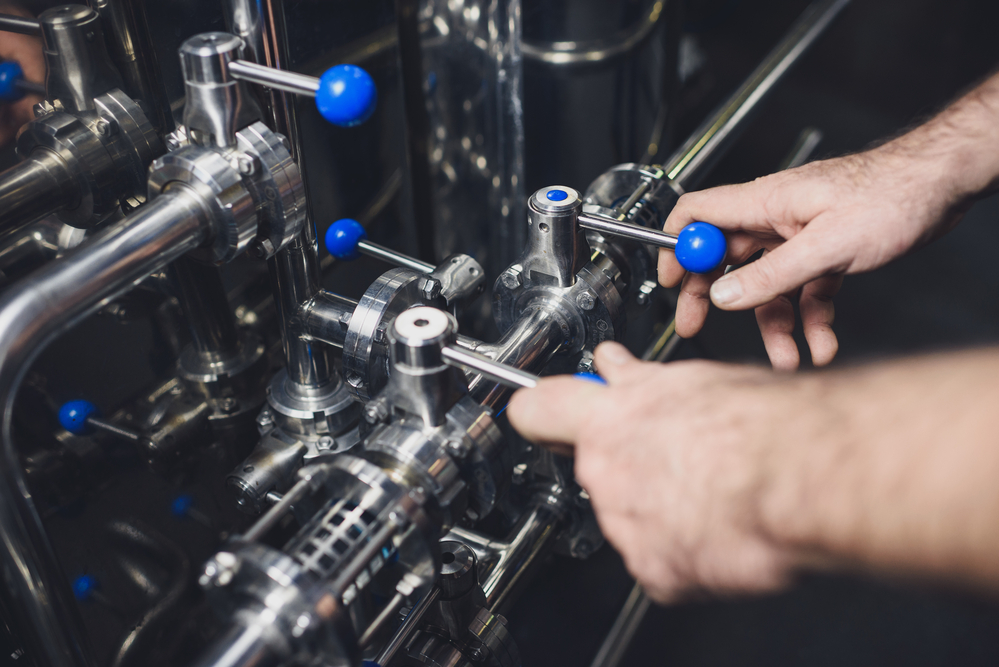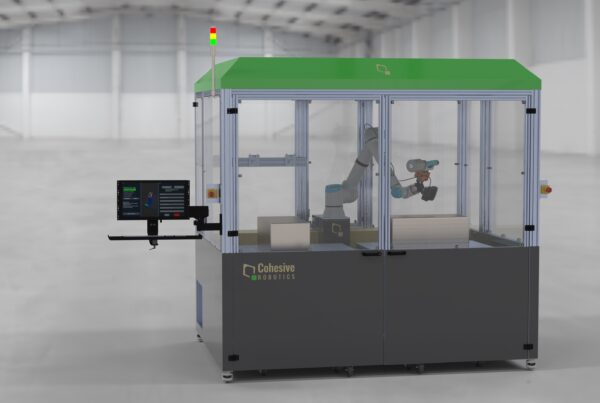What is Workforce Innovation?
This blog is the sixth in a monthly series brought to you by the America Works initiative. As a part of the MEP National Network’s goal of supporting the growth of small and medium-sized manufacturing companies, this series focuses on innovative approaches, and uncovering the latest trends in manufacturing workforce development.
V’principe, da.
In Russian, it means, “In principle, yes.”
In reality, it means, “No. Not a chance. Nyet.”
Definitions are important, and it’s a lesson that I’ve learned the hard way. From 2006 to 2007, my wife and I had the opportunity to live in St. Petersburg, Russia, where our job was to consult for local nonprofits with the goal of strengthening their operations. In the years after the fall of communism, Russia’s nascent nonprofit sector had a tremendous opportunity to grow and develop from literally nothing into a robust and vibrant sector. Filled with recommendations and suggestions for improvement, we would offer our ideas to our Russian colleagues with the best of intentions. They would respond positively, saying “V’principe, da.” Then, weeks and months would pass with no action whatsoever. Finally, a Russian colleague explained to us that, while the literal translation was “yes, that makes sense,” the actual meaning was, “No, we’re not interested, leave me alone.” As you can imagine, it was a challenging year!
It occurred to me recently that, six months into this blog series, we haven’t yet defined what “Workforce Innovation” actually means. What constitutes “innovation” when it comes to workforce development?
Accelerating the Impact on Workforce
As readers of this blog may know, the goals of America Works are to accelerate the impact of MEP Centers nationally when it comes to workforce. One of the tools we’re using to do that is mini-grants: $10,000 grants to MEP Centers to try something new when it comes to training programs. The four criteria for these grants are pretty simple: How innovative is this program? Will it create a best practice that can be scaled or replicated nationally? Does this not only use partnerships with other local organizations, but maximize each player’s strengths? And finally, will this generate new knowledge for the MEP National NetworkTM? As I reviewed the numerous, thoughtful proposals in this first round of micro-grant applications, I realized there were three themes that kept popping up:
- Leveraging emerging technologies: As we’ve seen in the MEP Workforce Database, MEP Centers are rapidly adapting new technologies to deliver training. Whether it’s Learning Management Systems (LMS), Tooling U-SME, virtual classes, simulations, phone apps, or games, these Centers understand that leveraging technology for cost-effective training of remote populations is important. Earlier this year, we took a deep dive into Oregon MEP’s Smart Talent platform, which adapts an existing LMS specifically for manufacturing clients. One of the exciting areas that saw several mini-grants was in virtual reality, where MEP Centers want to leverage TRANSFR VR’s manufacturing career awareness headsets to bring manufacturing careers directly to high school students.
- Reaching out to new populations: We’ve talked about how MEP Centers are on the front lines of diversity, equity, and inclusion, and this grant round reinforced that point. We saw emphasis on promoting minority ownership of product-focused startups, exciting new forays into online education for displaced workers, a new program to train young adults with autism the skills of CNC machining, and – as mentioned above – using VR to engage high school students.
- Launching new partnerships: While MEP Centers are skilled at manufacturing consulting and training, it’s important to recognize that we’re not experts at everything. For example, we aren’t traditional teachers, social workers, guidance counselors, or career coaches. But as we enter this new era of workforce development, where we’re focusing on the holistic needs of each individual trainee (and not just those of the company), we understand that all of those roles are important. That’s where local ecosystems partners come into play. Community colleges, workforce investment boards, re-entry organizations, high schools, and so many more must be engaged and encouraged to bring their unique assets to this ongoing fight. Another set of unique partners are the Manufacturing USA Institutes; we’ve done two webinars to learn about their new workforce programs. To steal a well-known saying, it’s going to take an entire village to develop the advanced manufacturing workforce we need.
With those considerations in mind, I’m excited to announce the seven winners of the first round of mini-grants:
- Montana Manufacturing Extension Center (Montana MEP) – Launching a new re-entry training, placement, and support program that will take place in two local men’s and women’s prisons.
- Catalyst Connection (part of Pennsylvania MEP) – Launching Pittsburgh’s first-ever regional workforce conference, which will forge new partnerships and create new collaborations that advance workforce in the area.
- Polaris MEP (Rhode Island MEP) – To bring manufacturing career awareness and training to two high schools through VR.
- Impact Washington (Washington state MEP) – To provide lean tools and training to 40 Black, Indigenous and People of Color (BIPOC)-owned companies.
- NWIRC (part of Pennsylvania MEP) – To pilot a new training program for individuals with autism to learn CNC machining (with Uniquely Abled Academy).
- PRIMEX (Puerto Rico MEP) – To partner with Jobs for the Future (JFF) to bring manufacturing apprenticeships to Puerto Rico, including marketing, translation of materials into Spanish, and expansion.
- CONNSTEP (Connecticut MEP)– To incorporate VR manufacturing training into 12 high schools participating in the Manufacturing Skills for CT program.
Of course, while I’m excited about the local impact and national scalability of these new programs, not every workforce venture is going to be successful. Still, these are good lessons to learn, as we seek to push the limits of each technology, better understand the needs of each new population we want to serve, and maximize our local and national partnerships. In any case, we’re not going to beat around the bush like my Russian colleagues those many years ago; instead, we’re going to be candid about what worked, what didn’t work, and how we can improve from month-to-month and year-to-year.
And that’s the point of these America Works mini-grants: to experiment, fail, iterate, and try again. Because strengthening America’s manufacturing workforce is a marathon, not a sprint, and we’re going to need innovation – along with a very clear definition of what that word actually means! – if we’re going to win this race.
This insight is from NIST. You can read the full article here.
For more insights visit our News & Events page.
